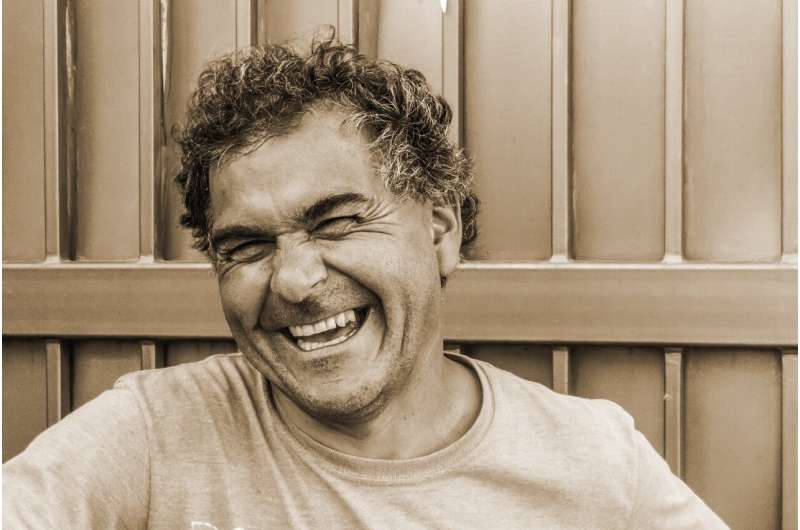
Source: Pixabay/CC0 Public Domain
Dry eye disease (DED) is a chronic condition that affects an estimated 360 million people worldwide. Common symptoms include uncomfortable, red, itchy, or irritated eyes.
Evidence suggests that laughter therapy alleviates depression, anxiety, stress, and chronic pain, while boosting immune function and is recognized as a useful adjunct and add-on treatment for several chronic conditions, including mental disorders, cancer, and diabetes. However, whether laughter therapy has a beneficial effect on dry eye is still unknown.
To investigate this further, researchers from China and the United Kingdom set out to investigate the effectiveness and safety of laughter exercises in patients with dry eye symptoms.
The findings, which were published in The BMJare based on 283 participants aged 18-45 years (mean age 29; 74% female) who were assessed for dry eye using the Ocular Surface Disease Index (OSDI) score and randomly assigned to receive either laughter exercises or 0.1% sodium hyaluronic acid eye drops four times daily for eight weeks.
Participants with existing eye conditions, injuries, infections or allergies and participants who had recently worn contact lenses or had undergone treatment for dry eye were excluded.
The laughter practice group watched an instructional video and had to say and repeat the sentences “Hee hee hee, hah hah hah, cheese cheese cheese, cheek cheek cheek, hah hah hah hah hah” 30 times per five-minute session. A mobile facial recognition app was used to standardize the practice and improve facial movements.
The eye drop group (control group) applied eye drops containing 0.1% sodium hyaluronic acid to both eyes four times a day for eight weeks. The frequency of use was recorded via the same app.
Both treatments were discontinued after eight weeks and any changes in ocular surface discomfort scores were measured at weeks 10 and 12.
The mean OSDI score after eight weeks was 10.5 points lower (indicating less discomfort) in the laughter exercise group and 8.83 lower in the control group, with a mean difference of -1.45 points. This suggests that laughter exercises were no less effective than eye drops.
Laughter exercises also showed significant improvements in noninvasive tear breakup time (the time it takes for the first dry spot on the cornea after a blink), meibomian gland function (oil glands that help prevent tears from evaporating too quickly), and mental health scores. No side effects were noted in either study group.
The authors acknowledge that there are some limitations that may have affected the results, but say the findings suggest that laughter exercises are no less effective than 0.1% sodium hyaluronic acid in improving the symptoms and clinical signs of dry eye.
“Laughter is a safe, environmentally friendly, and inexpensive intervention and may serve as a first-line home treatment for people with symptomatic dry eye and limited corneal staining,” they add.
More information:
Effect of laughter exercises versus 0.1% sodium hyaluronic acid on ocular surface discomfort in dry eye: non-inferiority randomized controlled trial, The BMJ (2024). DOI: 10.1136/bmj-2024-080474
Quote: Laughter may be as effective as drops for dry eyes (2024, September 11) retrieved September 11, 2024 from https://medicalxpress.com/news/2024-09-laughter-effective-dry-eye-disease.html
This document is subject to copyright. Except for fair dealing for private study or research, no part may be reproduced without written permission. The contents are supplied for information purposes only.
 Healthy Famz Healthy Family News essential tips for a healthy family. Explore practical advice to keep your family happy and healthy.
Healthy Famz Healthy Family News essential tips for a healthy family. Explore practical advice to keep your family happy and healthy.


